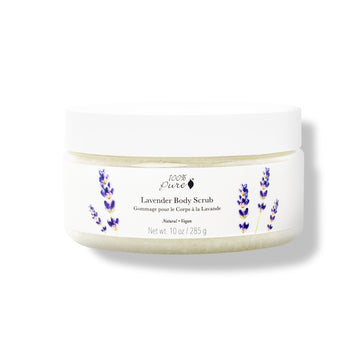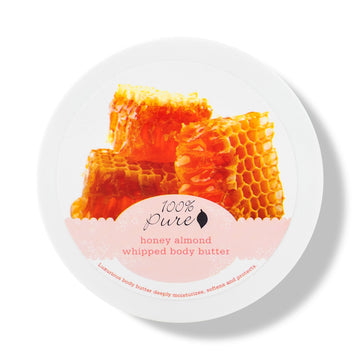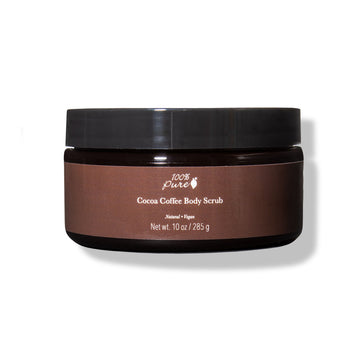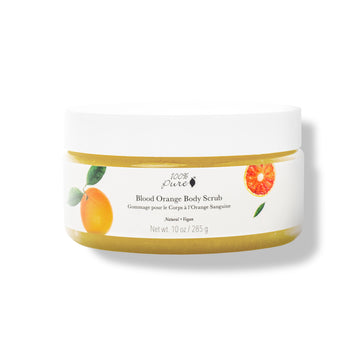Tips for how to get rid of strawberry legs this spring!
Written by: 100% PURE ®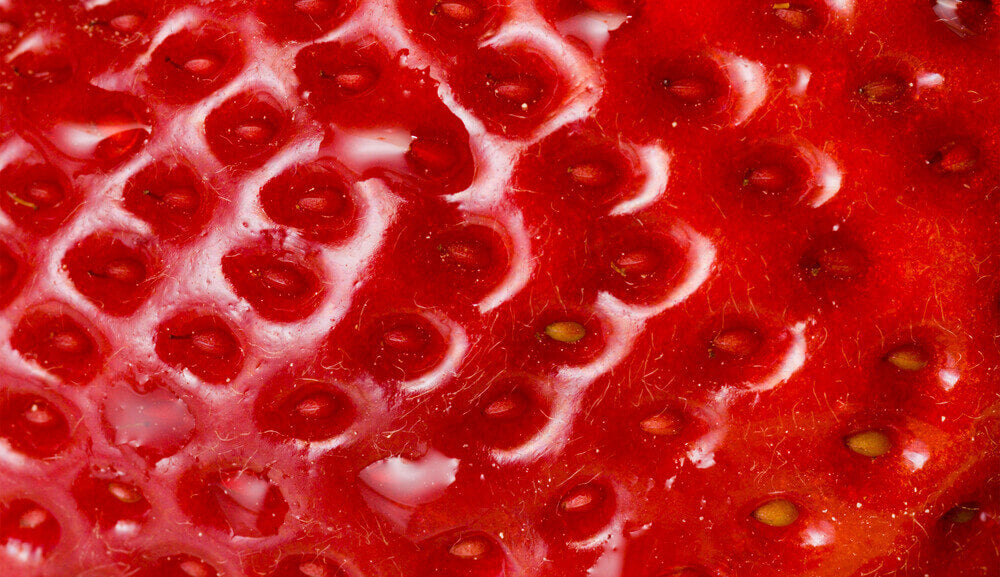
We’ve all heard she’s got legs and knows how to use them, but strawberry legs? You heard us right – and if now you’re hearing crickets, you’re not alone!
As spring unfolds and our winter legs are bared, more of us may be noticing “strawberry legs” happening as we’re shaving them more often. Strawberry legs describe the appearance of small dark dots – like strawberry seeds – on your legs. Let’s explore what causes this and how to get rid of strawberry legs.
Much like the “chicken skin” or “lobster skin” metaphors, “strawberry legs” draw a comparison between skin texture and fruit. As the name suggests, skin afflicted by these bumps (most commonly on the legs) will resemble the seeded skin of a strawberry. Your skin could appear with small, dark spots and/or red dots.
The first step in determining how to get rid of strawberry legs is to define what they are. This seed-like skin is actually a market of pores and hair follicles that have been clogged with dirt, bacteria, dead skin, or oil. If they’re raised or inflamed, it may indicate another condition. Otherwise, strawberry legs are just clogged ol’ follicles and can be prevented with a few tweaks to your skin care routine.
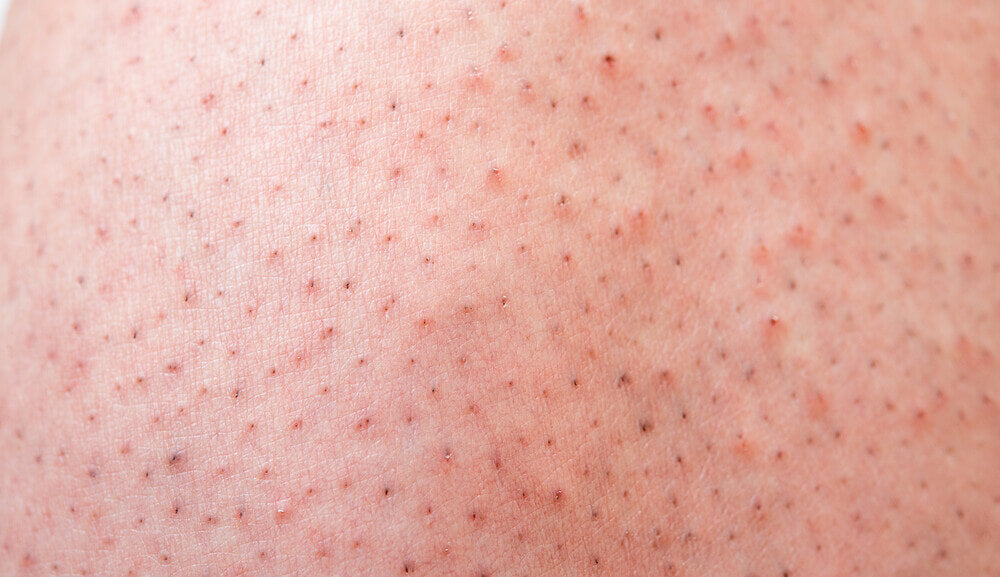
Strawberry legs are not a specific condition but an umbrella term for a variety of symptoms. It can be caused by several different skin issues. When clogged pores or hair follicles – aka comedones – are closed, they’re called blackheads and create the appearance of strawberry skin.
When you’re looking into how to get rid of strawberry legs, it may start with how you shave your legs. Shaving your legs opens the comedones to the air. Once air mixes with the oil inside, it oxidizes and turns black. Shaving with a dull razor can lead to razor burn, which can appear as strawberry legs. However, using an old razor or dry shaving can cause folliculitis or infected hair follicles.
If you have dry skin, you’re at a higher risk of developing razor burn or irritation (which could lead to folliculitis, too). If your skin appears as goosebumps, it’s not “chicken skin” but rather keratosis pilaris, a benign skin condition that causes tiny red bumps that can resemble strawberry skin.
Strawberry legs are nothing to be embarrassed about, and are actually very common. With a few changes to your shower routine, you can be on your way to smooth, baby-soft skin. Let’s take a look at how to get rid of strawberry legs.
Newsletter Subscribe
for more blog updates and exclusive discounts
Experiencing strawberry legs does not usually involve a trip to the doctor. The condition is relatively common and, depending on the cause and severity of it, strawberry legs can be treated at home. Let’s look at how to get rid of strawberry legs once and for all!
#1. Use new razors
Avoid dull or old razors that can lead to burn, nicks, irritation or folliculitis, which can resemble strawberry legs. Using a razor that is new, sharp, and rust-free will give you the best chance for silky-smooth legs.
#2. Use moisturizing shaving cream
It might sound like something made up by razor companies to score some extra dough, but shaving creams really do deserve a place in your shower routine. They soften the hair and follicle to reduce friction (and irritation) when razors glide across your skin. Use one that’s packed with emollients to protect dry, thirsty skin.
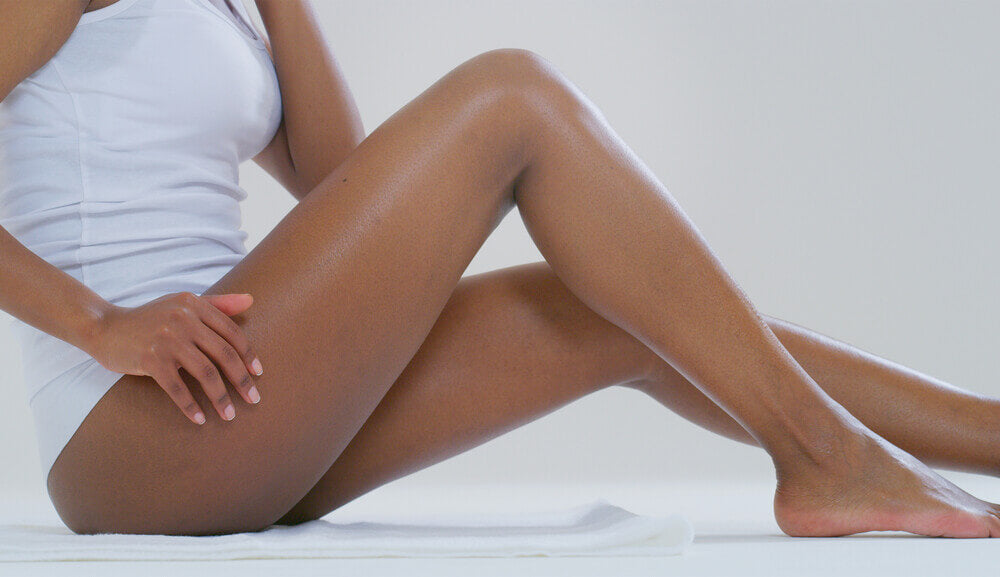
#3. Exfoliate regularly
Ever notice how baby soft your skin feels after using a loofah or body scrub? It’s all in exfoliation, which sloughs off rough and dead skin. Exfoliating your legs before a shave gives you a closer shave and minimizes dead skin cells that can clog up the razor blade, causing razor burn.
Our invigorating Cocoa Coffee Body Scrub is the perfect choice for accomplishing this. It buffs away bumps and flakes for radiant, deeply nourished skin. And did we mention, it smells delectable?
PRO-TIP: For the gentlest approach, be sure to shave in the direction or grain of the hair’s growth. Shaving with the grain can prevent common causes of strawberry legs, like razor burn and folliculitis.
#4. Try an Epilator
Because shaving and waxing can lead to folliculitis, an epilator is a good choice for those prone to strawberry legs. This hand-held electrical device pulls hair out from the root. Though the tool sounds traumatizing, it’s usually well tolerated.
#5. Use a chemical exfoliant
Exfoliants like glycolic acid and salicylic acid dissolve dead skin cells, which makes for a clean canvas when shaving your legs. Using a chemical exfoliant suited to your skin type may make you less likely to encounter symptoms of strawberry legs.
#6. Moisturize consistently
Applying a body moisturizer after showering and shaving can help replace lost moisture and will prevent dry skin and irritation. Moisturizing will improve the appearance of your skin, and should reduce the symptoms of strawberry legs.
For many people wondering how to get rid of strawberry legs, they may not be easily managed with small changes to their shaving or skin care routine. If your case is not easily managed with home remedies, you might need to see a dermatologist or trained professional. If you’ve tried the tips above in your quest for how to get rid of strawberry legs but they haven’t worked, a treatment plan may be advisable for those with the following:
-
Darker or thicker body hair
-
Larger pores
-
Excessively oily skin
-
Darker skin tones
-
Bumps that are raised, itchy, or very irritated
It’s best to rule out other causes with a doctor beforehand, so that you can choose the proper course of treatment for your skin when it comes to how to get rid of strawberry legs.
Though strawberry legs are a cutesy sounding condition with some not-so-cutesy symptoms, they’re usually no cause for alarm and can be berry common!
- Tags: March-2022
We carefully hand-select products based on strict purity standards, and only recommend products we feel meet this criteria. 100% PURE™ may earn a small commission for products purchased through affiliate links.
The information in this article is for educational use, and not intended to substitute professional medical advice, diagnosis, or treatment and should not be used as such.


